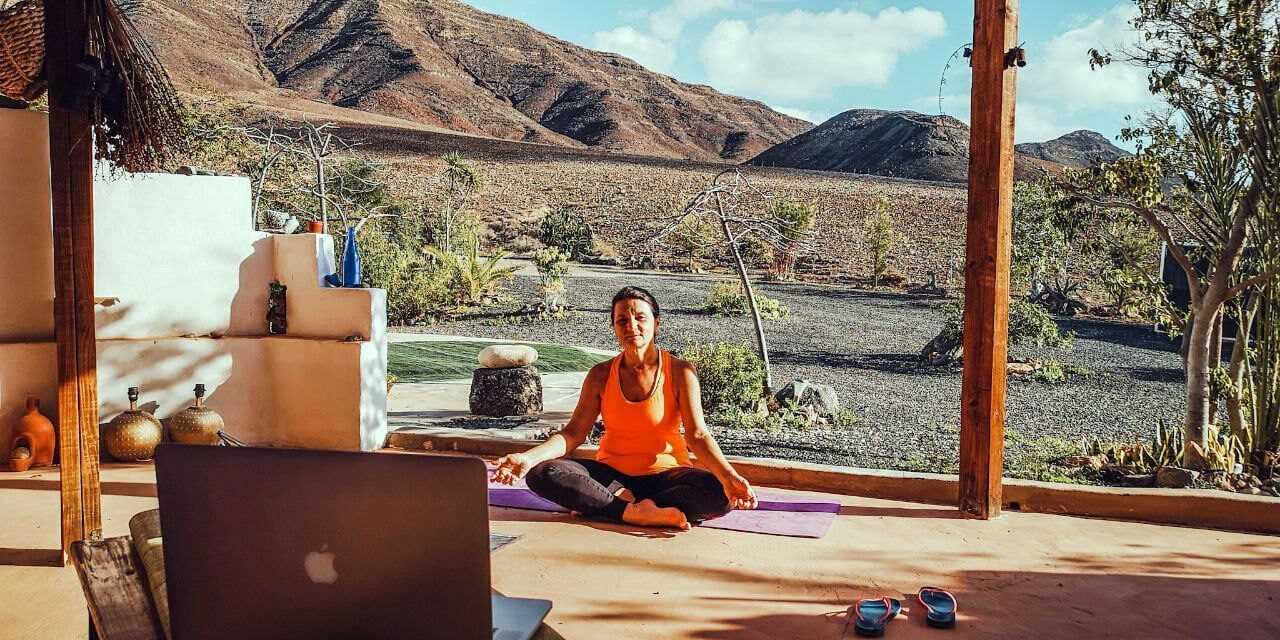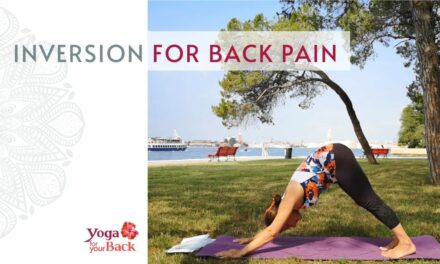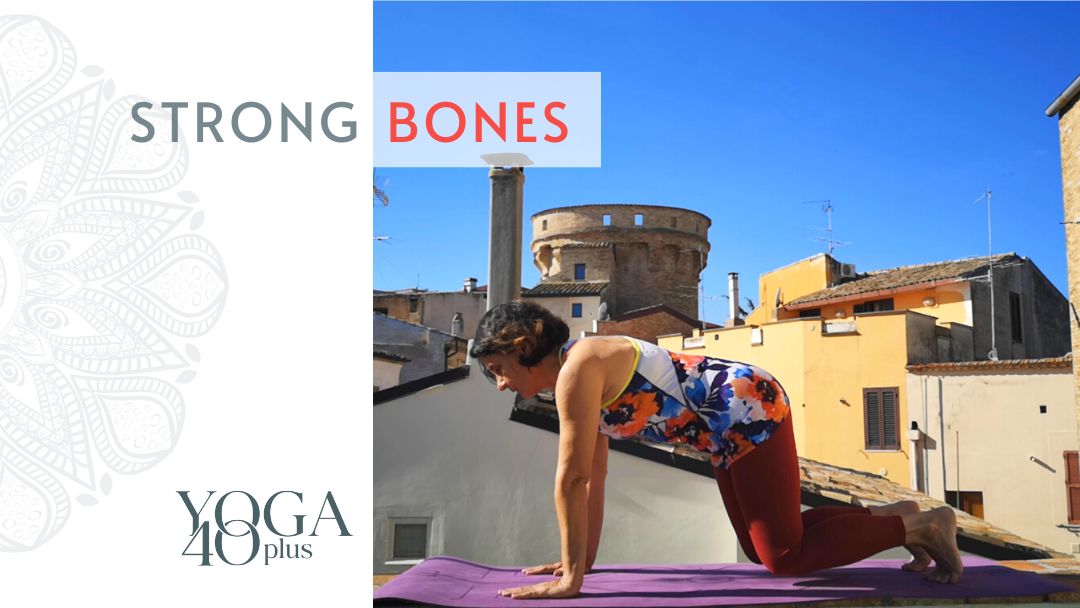Core Strength in Yoga and Daily Life
Core strength sounds like something connected to big effort, sweating, tough. Mula Bandha sounds even more like a holy secret for insiders.
I will surprise you: You can engage your core in a gentle way, and even so give strength and stability to the rest of the body. If only you know where to take your awareness.
Table of Contents
“Your Bandha!”
He repeated it all over the class. I loved my first Ashtanga yoga teacher and his way of pushing us, but what was he talking about? What exactly did he want me to do? As always, I looked around me, and it obviously wasn’t the name of a pose, as all others weren’t changing position. Must be something invisible…
When I googled Mula Bandha, things got even more unclear, the articles talked about chakras, movements of energies and an undefined space somewhere in between the belly button, the spine and the pelvic floor.
Later, on my way through different countries and yoga styles, I heard the teacher saying “pull your belly in!”. At least it was clear, no doubt what she/he expected. Was it the dummy version of Mula Bandha?
It is only with the training for Svastha Yoga Therapy that I found a guidance to this mysterious area, which made sense to me and was clear.
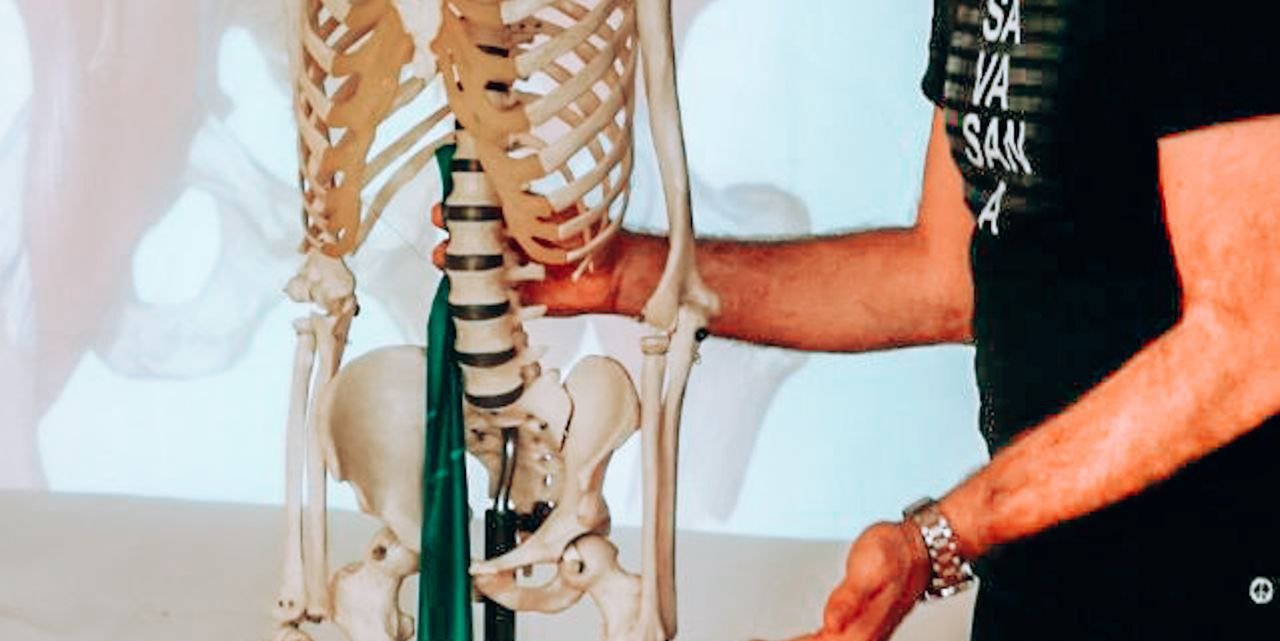
The 3 Steps to Core Engagement
There still are a few steps to follow, but it’s feasible for a layperson.
Step 1: In sitting position you take your awareness to your sitting bones. You can (very probably) do it right now. On inhale gently squeeze the small muscles in between these two bones. Done? Relax.
Step 2: Take your awareness (or even better: your hands) to pubic bone and tail bone. On inhale tilt your pelvis to front, on exhale to back.
You now have awareness of four bones forming a circle. On inhale gently squeeze the muscles in between these four bones. On exhale release.
Step 3: On inhale pull in your belly, on exhale relax.
You now combine: on inhale gently squeeze the muscles in between the 4 bones + slightly pull in the belly, on exhale relax.
Inhale + squeeze + pull in again, now on exhale you keep muscles engaged. Yes, here we go, your core muscles are engaged! And you’re good for Mula Bandha!
You can practice it with me in a short video.
Why to engage the core?
Our muscles are one big system, stringed on different layers, they all interfere. As the name says, the core is in the centre of the body and so of the muscular system. Its contraction directly acts on all surrounding muscles, giving them support, one of which is the lower back.
By engaging the core muscles we give stability to the whole system, protect the lumbar spine and so prevent or help to relieve back pain.
The original aim of Mula Bandha for yogis is the ability to keep the sitting pose for meditation, which can last hours without moving.
In the common practice we engage the core muscles to give stability to poses, which require strength.
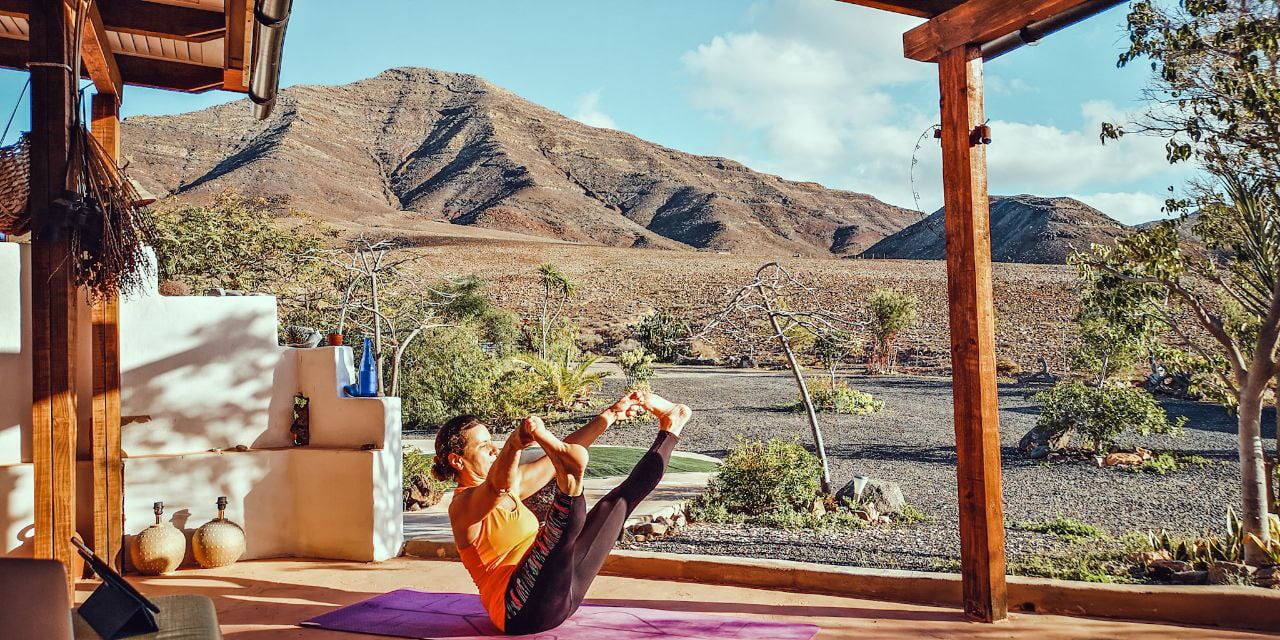
Conclusion
Awareness is half of the job. Training the muscles “down there” also strengthens the perineum and can improve bladder control.
Engaging the core helps all other muscle groups around to do their job with less effort and so gives stability to the whole system.
You can train core engagement any time and never know when you might next need it: maybe when you stand up from your chair?

